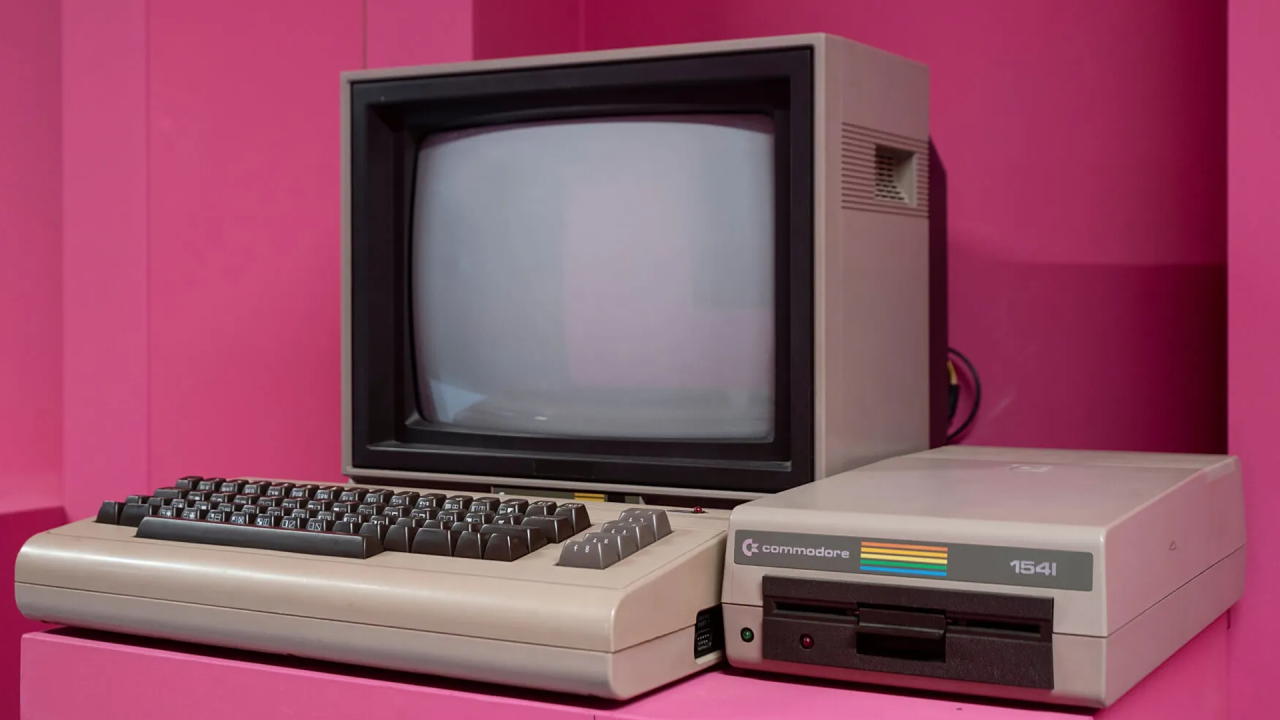
In the ever-evolving realm of artificial intelligence (AI) integration, the dialogue between Microsoft and chip giants AMD, Intel, and Qualcomm takes center stage. A key point of contention arises from the desire of these semiconductor powerhouses to anchor AI processing directly on personal computers, leveraging their own cutting-edge processors. Microsoft, however, remains a proponent of cloud-based AI, a strategy that has proven successful given its widespread licensing of Windows machines and the burgeoning subscriber base of Microsoft 365.
A significant juncture in this conversation unfolded during AMD’s “Advancing AI” presentation, where the company introduced the Ryzen 8040 family of AI-enhanced mobile processors. The attention then turned to Microsoft’s chief Windows executive, who delivered a surprising perspective—cloud AI and local AI need not be at odds. This viewpoint becomes crucial considering Microsoft’s vast influence, extending beyond Windows licenses to encompass a staggering 76 million consumer subscribers of Microsoft 365.
AMD, in tandem with its competitors, envisions a future where consumers and commercial clients harness the power of AI directly on their local PCs. Applications such as Adobe Photoshop, Lightroom, and BlackMagic’s DaVinci Resolve stand as prime examples of on-chip AI utilization. Microsoft, however, touts its own Windows Studio Effects, which taps into local AI capabilities for tasks like background blurring and audio filtering. The stakes are high, as placing AI functions solely in the cloud could potentially diminish the value added by chipmakers.
Yet, amid this clash of ideologies, Pavan Davuluri, the corporate vice president in Microsoft’s Windows and Devices division, introduces a harmonious concept—the “hybrid engine.” This strategic vision involves the seamless collaboration of cloud and local computing, presenting a fusion of enhanced privacy, responsiveness, and low latency with the vast computational capabilities of the cloud.
Davuluri elaborates on this approach, describing it as a pursuit of “seamless computing across the cloud and client,” where local compute benefits are complemented by the cloud’s prowess in handling microphones, models, large datasets, and cross-platform inferencing. The aim is clear—to build a future where the best AI experiences on PCs emerge from a collaborative dance between local and cloud-based processing.
In a moment of levity, AMD chief executive Dr. Lisa Su playfully exchanged banter with Davuluri about Microsoft’s insatiable appetite for TOPS (trillions of operations per second). In response, Davuluri affirms, “We will use every TOP you provide,” showcasing the collaborative spirit between software and hardware giants.
As the conversation unfolds, the partnership between Microsoft and AMD appears to be steering toward a harmonious future. Lisa Su concludes, expressing excitement about devices coming to life within the Windows ecosystem. The vision encompasses the creation of a dynamic agent, Microsoft 365 Copilot, orchestrating multiple apps, services, and devices—a digital companion maintaining context across entire workflows. The stage is set for a future where AI seamlessly integrates into the fabric of daily computing, enhancing productivity and user experiences.




